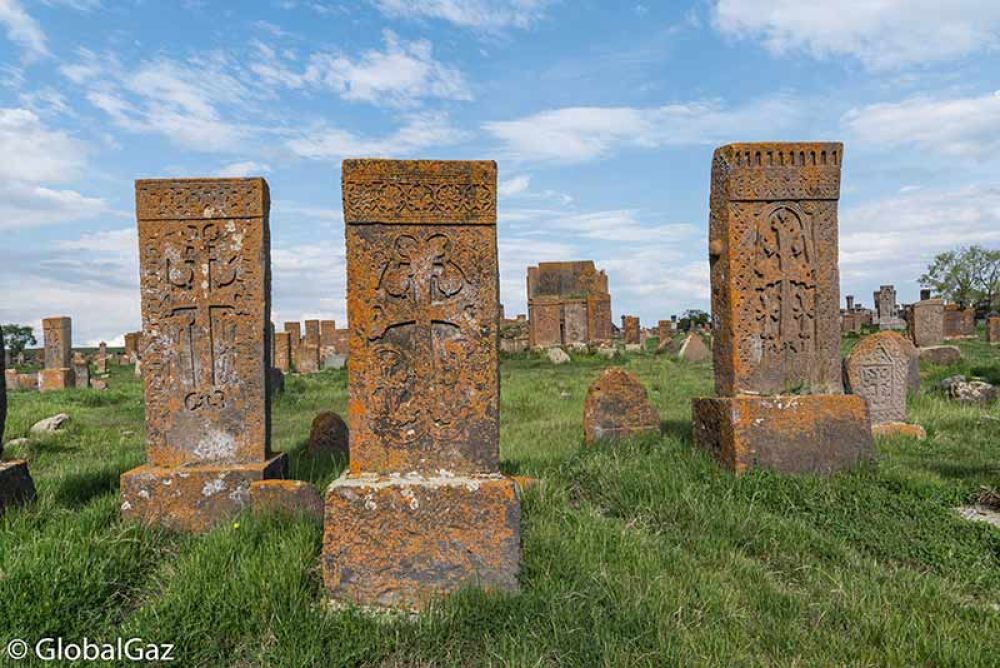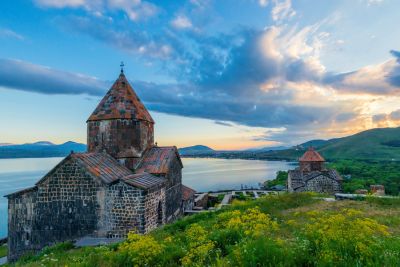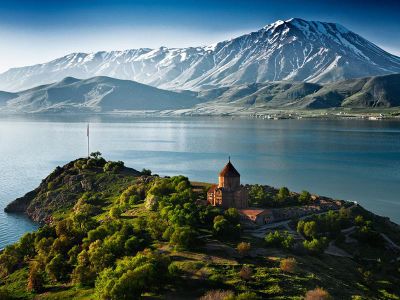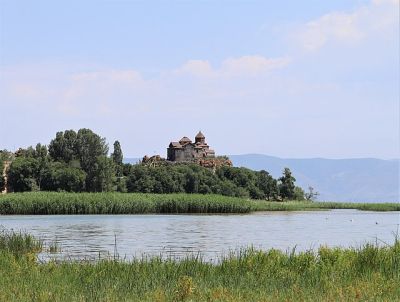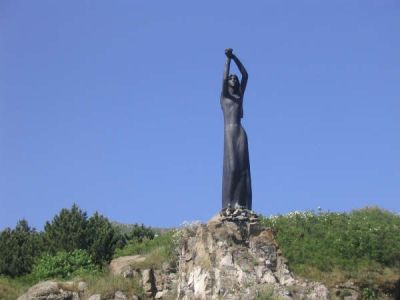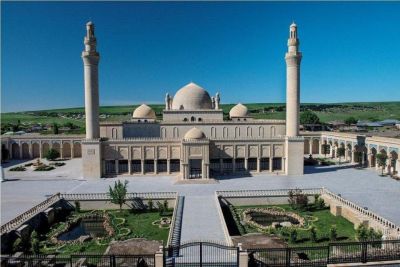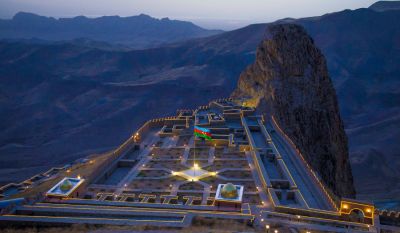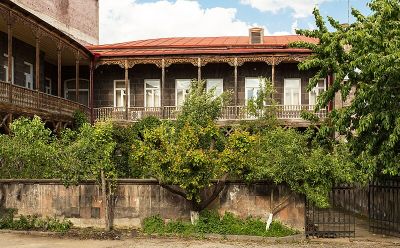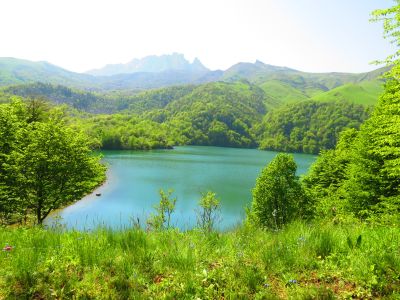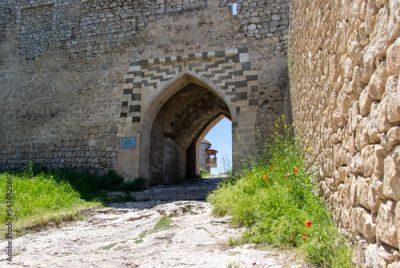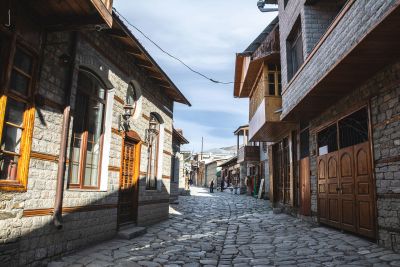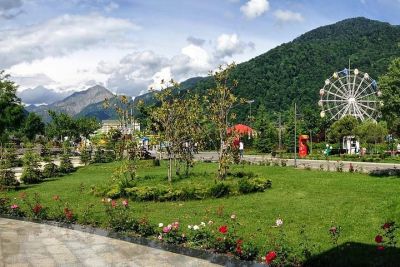History of Noratus Cemetery
The Noratus Cemetery, located near the village of Noratus, not far from Lake Sevan in Armenia, is a remarkable historical site. It dates back to the late medieval period, making it one of the oldest surviving cemeteries in the country. Known mostly for its significant khachkar (cross-stone) collection, Noratus Cemetery provides an insightful glimpse into Armenian medieval Christianity and the art of stone carving.
The cemetery boasts over a thousand khachkars, which are distinct to Armenian monumental art. These intricately carved stone crosses represent a unique art form that peaked between the 12th and 17th centuries. Each khachkar has its distinct design, often featuring a cross, botanical motifs, and other symbols carved into the volcanic tufa stone prevalent in the region.
The history of tourism in Noratus Cemetery is relatively nasional but has seen a significant rise due to growing global recognition of the importance of khachkars. In 2000, UNESCO listed these cross-stones as a feature of "Intangible Cultural Heritage of Humanity," which increased their international prominence and brought more attention to sites like Noratus Cemetery.
Latest Tourism Trends at Noratus Cemetery
In recent years, the Armenian government and various cultural organizations have placed greater emphasis on preserving and promoting Noratus Cemetery as a key tourist destination. Efforts have been made to increase accessibility, establish visitor centers, and offer guided tours in multiple languages. The growing trend is to immerrememberitage tourism, where travelers seek enriching cultural experiences and historical education rather than just leisure activities.
The rise of digital and social media has also seen a trend in user-generated content promoting lesser-known destinations. Travel bloggers and influencers visiting Noratus Cemetery share their experiences online, which has contributed to an increase in tourism. Moreover, there is a growing trend towards eco-tourism and sustainable travel, witplex more travelers looking for destinations that are off the beaten path and away from overcrowded sites.
Furthermore, cultural events and festivals are increasingly being held at historical sites like Noratus Cemetery, combining cultural appreciation with local immersion. This allows visitors to experience the cemetery not just as a silent testament to the past, but as a living, evolving piece of Armenian heritage.
